Machinery Installation in Manufacturing: Challenges & Best Practices
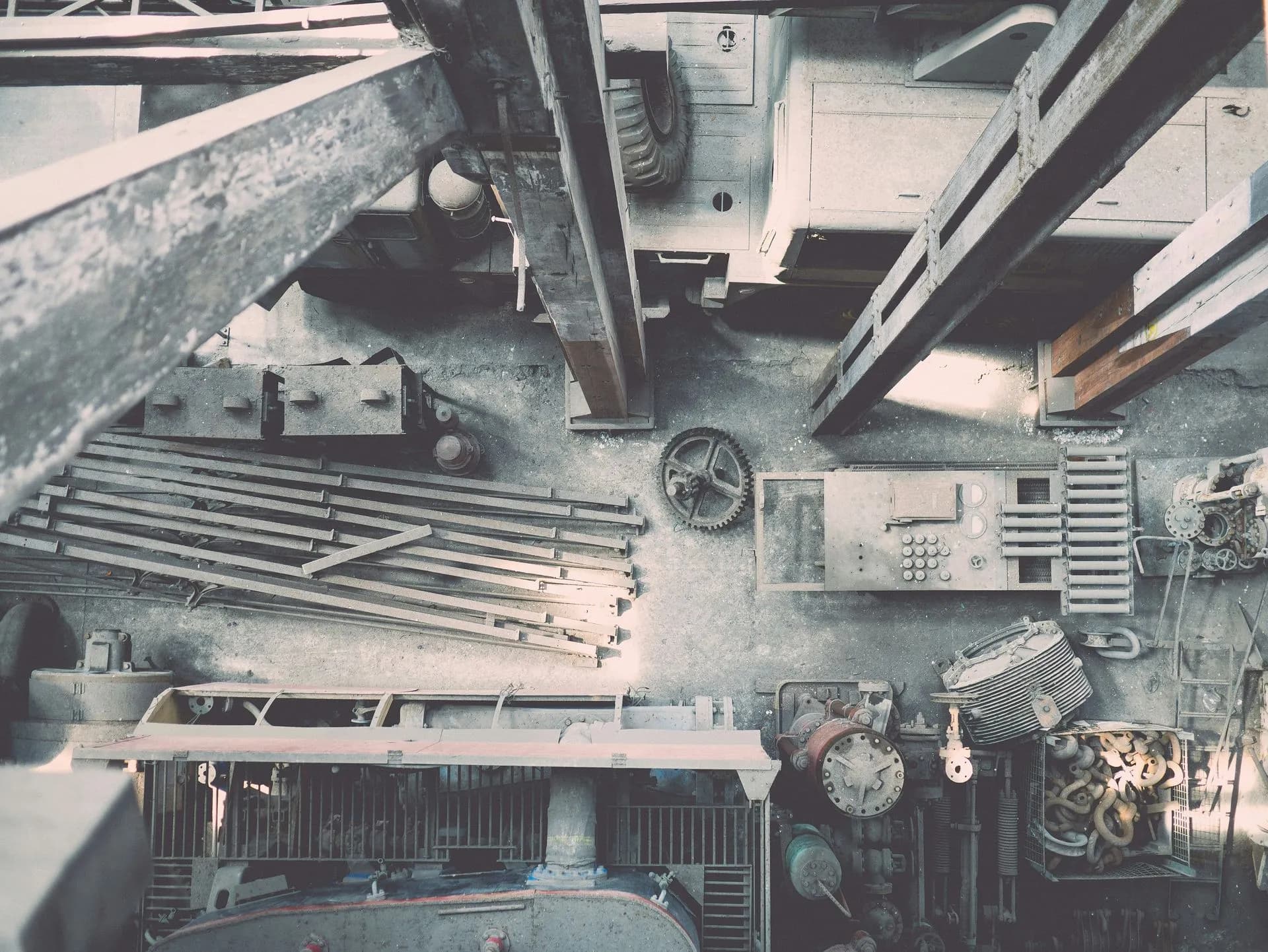
Machinery installation is one of the most critical processes in any manufacturing plant. Whether new equipment is integrated into an existing production line or outdated machinery is completely overhauled, the installation process can significantly impact operational efficiency, productivity, and long-term performance. For manufacturing plant managers, navigating the intricacies of machinery installation involves recognizing potential challenges and adhering to best practices that can streamline the process and prevent costly setbacks.
This blog will explore some common challenges associated with machinery installation in manufacturing plants and discuss best practices to ensure a successful and efficient setup.
Common Challenges in Machinery Installation
Although the types of machinery and the specifics of each plant vary, the installation process presents several universal challenges. Here are some of plant managers’ most common hurdles when installing new equipment.
Disruption to Operations
One of the most significant challenges during machinery installation is the potential disruption to ongoing production. Machinery installations, especially those involving significant or complex equipment, often require a shutdown of existing operations. If not carefully planned, this downtime can result in reduced output and financial losses.
Space and Layout Considerations
Manufacturing floors are often tightly packed with machinery, tools, and raw materials. Fitting new equipment into an already crowded space can pose logistical difficulties. Improper placement of new machinery can lead to inefficiencies, such as bottlenecks or increased travel time for materials. A well-planned layout is essential to ensure the equipment enhances, rather than hinders, the flow of operations.
Technical and Engineering Challenges
Machinery installation isn’t simply a matter of moving equipment into position. Many machines have complex technical requirements, including specific power, air, and cooling needs. Incorrect connections or improper calibration can result in malfunctions, inefficiencies, or even damage to the equipment.
Moreover, integrating new machines into an existing system can present technical challenges, mainly when the new equipment must communicate with legacy systems. Ensuring that all manufacturing process components are synchronized requires careful technical planning.
Safety Concerns
Safety is a top priority whenever new machinery is installed. Not following safety protocols during installation can lead to accidents, injuries, or unsafe working conditions post-installation. Equipment that needs to be adequately secured or calibrated can create dangerous situations for operators and other personnel.
Best Practices for Successful Machinery Installation
While the challenges of machinery installation are significant, they can be overcome by following industry best practices. A well-planned and carefully executed installation process can minimize disruptions, improve safety, and set the stage for long-term efficiency.
Thorough Pre-Installation Planning
Successful machinery installation begins with meticulous planning. Before any equipment arrives on site, a comprehensive plan should be in place. This includes evaluating the physical space, determining the best location for the machinery, and coordinating timelines with the equipment manufacturer, installation crew, and relevant departments within the plant.
Key questions to address during pre-installation planning include:
- How will the equipment fit into the current layout?
- What utilities (power, air, water, etc.) are required?
- Are there any structural modifications needed to accommodate the machinery?
- How long will installation take, and how will this impact production?
A detailed plan helps avoid last-minute surprises, allows plant managers to schedule around potential disruptions, and ensures that resources are allocated appropriately.
Collaborate with Experts
Collaboration with machinery manufacturers, engineers, and installation experts is crucial to a smooth installation process. These professionals can provide valuable insights into the technical requirements and challenges associated with the equipment. Manufacturers often have detailed installation guidelines that, if followed, can prevent common issues and ensure the machinery operates at optimal performance from day one.
Additionally, having skilled technicians on-site during installation can help troubleshoot any unexpected issues and make adjustments as necessary. Relying on in-house personnel who may not be familiar with the equipment can lead to costly mistakes or delays.
Safety First
Safety should be at the forefront of any machinery installation project. Before installation, conduct a thorough risk assessment to identify potential hazards. This assessment should cover the installation process, from moving heavy machinery to connecting power sources and calibrating equipment.
Ensure that all personnel involved in the installation are trained on proper safety protocols. This may include wearing protective gear, following lockout/tagout procedures, and adhering to equipment-specific safety guidelines provided by the manufacturer.
Post-installation, conduct a safety inspection to verify that all equipment has been installed according to safety standards and that it operates without posing any risks to workers. Regular safety audits should be scheduled after installation to ensure continued compliance.
Testing and Calibration
Once the machinery is installed, it must be thoroughly tested and calibrated before it can be entirely operated. This step ensures that the equipment is functioning correctly and efficiently. Skipping or rushing the testing phase can lead to costly downtime later, as unresolved issues may result in malfunctions or breakdowns during production.
Testing should include running the machinery at different speeds and under varying conditions to simulate real-world usage. Any new equipment that integrates with existing systems must be tested for compatibility to ensure it communicates appropriately with other machinery or software.
Training for Operators
Proper operator training is a critical aspect of machinery installation. No matter how advanced the equipment is, it can only perform optimally if those using it understand how to operate it safely and efficiently. Training should cover the technical aspects of running the machine and the safety procedures that operators must follow.
Offering hands-on training sessions and providing access to manuals and other resources will empower operators to work confidently with the new machinery. Refresher courses or ongoing training, especially when new features or upgrades are introduced, are also essential.
Post-Installation Support
The installation process continues once the equipment is operational. Post-installation support is crucial for addressing any unforeseen issues that may arise after the machinery has been put into service. Access to technical support and service technicians can help resolve any teething problems quickly, ensuring minimal disruption to production.
Additionally, establishing a maintenance schedule is essential for keeping the machinery running efficiently in the long term. Preventive maintenance can extend the equipment’s lifespan, reduce the risk of breakdowns, and minimize downtime.
Machinery installation in manufacturing plants is a complex and multifaceted process that presents various challenges, from space and technical requirements to safety and downtime management. By following best practices, such as thorough pre-installation planning, collaboration with experts, prioritizing safety, and ensuring proper training, plant managers can mitigate these challenges and set the stage for a smooth, efficient installation process.
With the right approach, machinery installations can become an opportunity for plants to boost productivity, enhance safety, and improve overall operational efficiency.
Newsletter
Don't miss a thing!
Sign up to receive daily news
Recent Posts
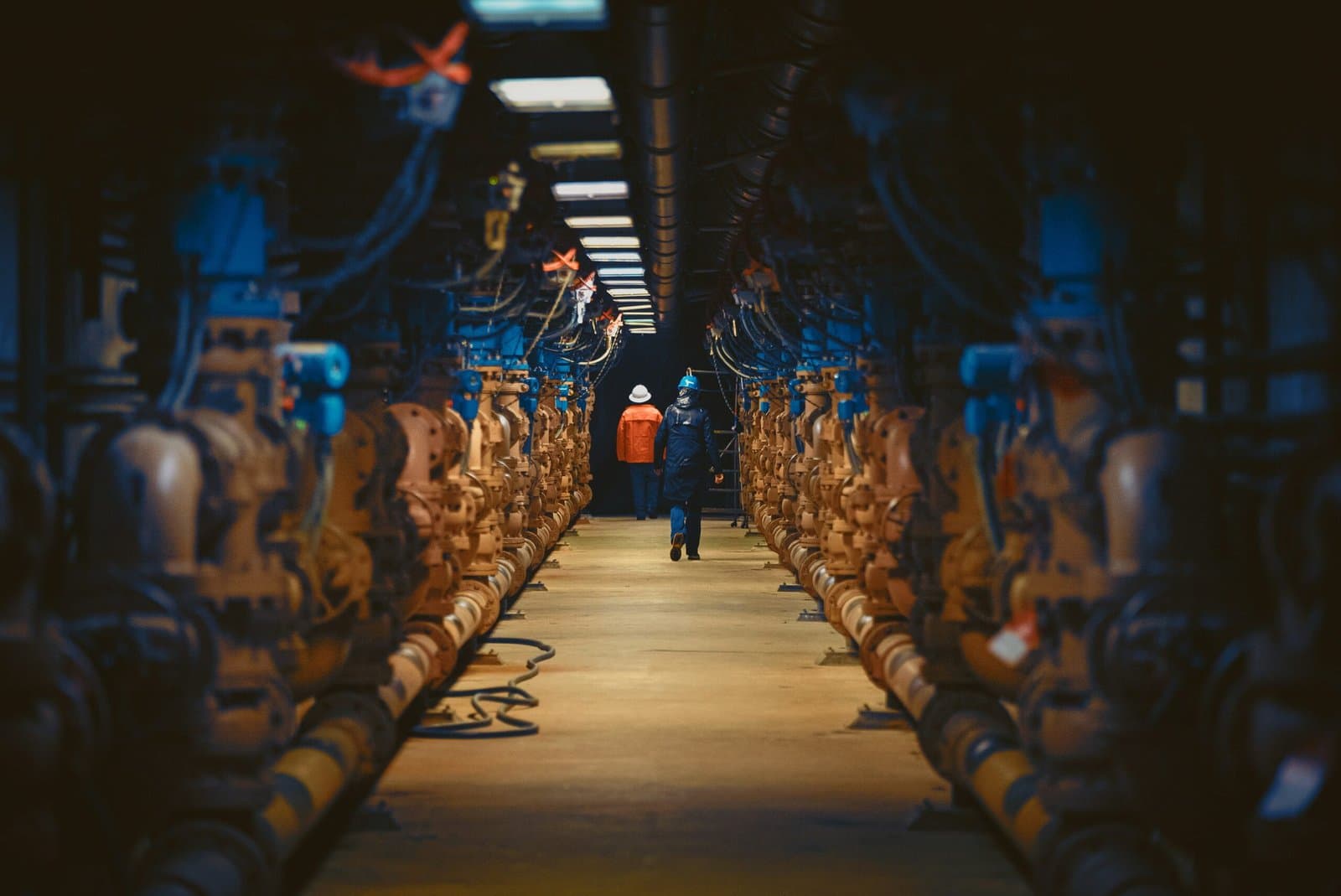
august 30, 2025
Decommissioning a Facility: How to Turn It into a Profitable Venture
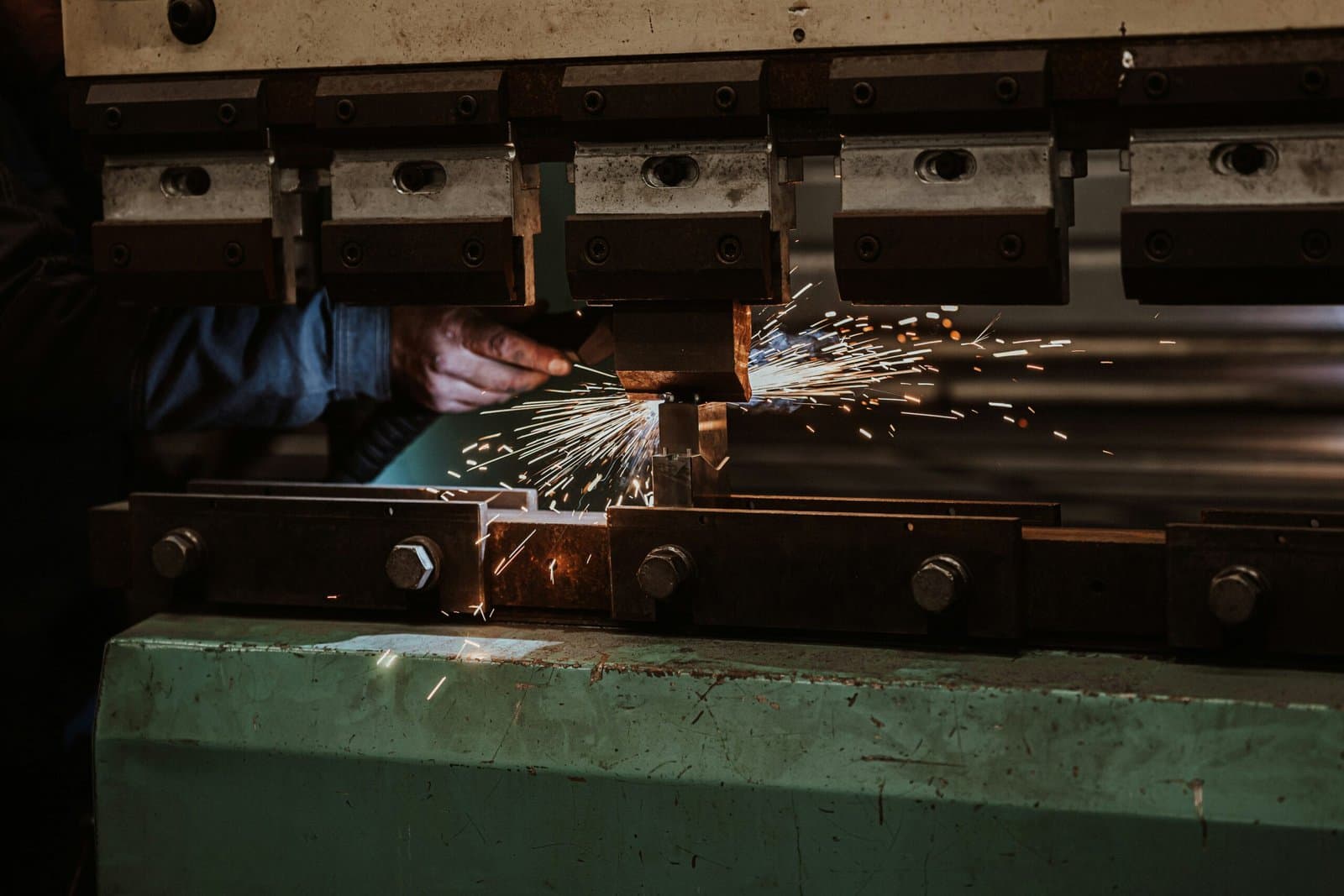
august 25, 2025
Hydraulic Press Maintenance 101
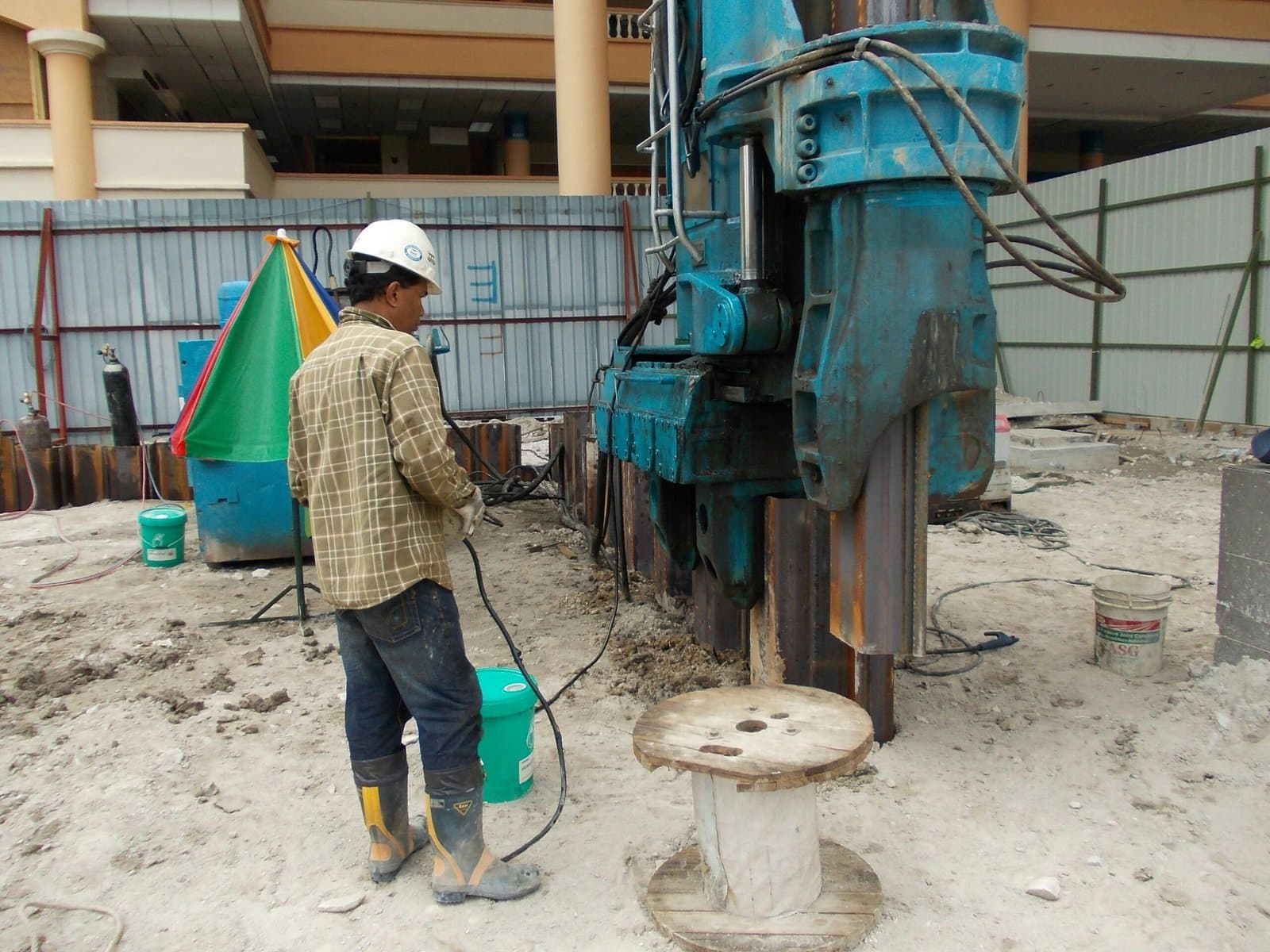
august 18, 2025
Rigging Machinery: The Challenge of Moving and Installing Outdated vs. Modern Equipment

august 16, 2025
Conveyor System Maintenance: 5 Early Warning Signs of Failure

august 14, 2025
Predictive Maintenance: The Smarter Alternative to Costly Reactive Repairs
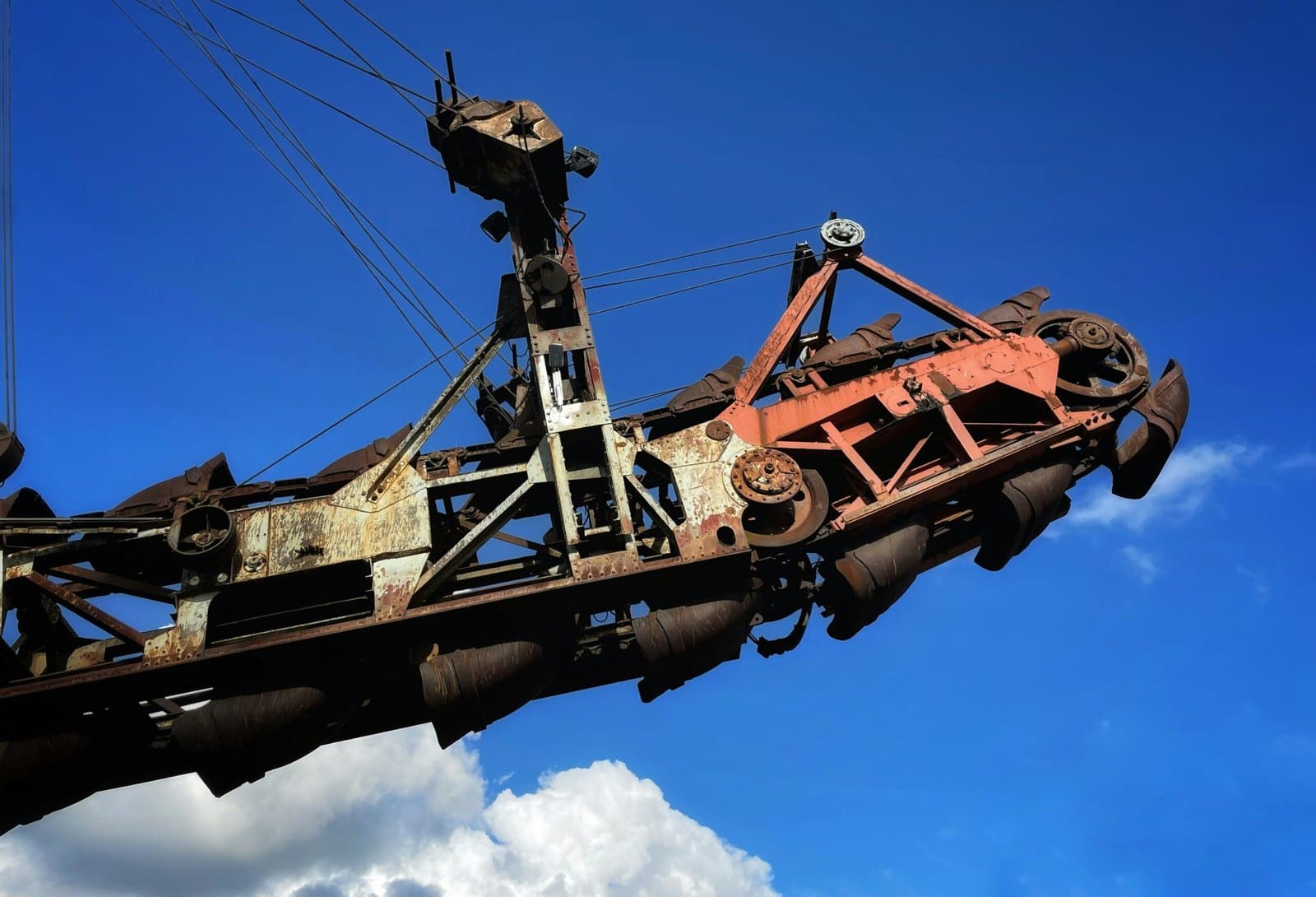
august 11, 2025